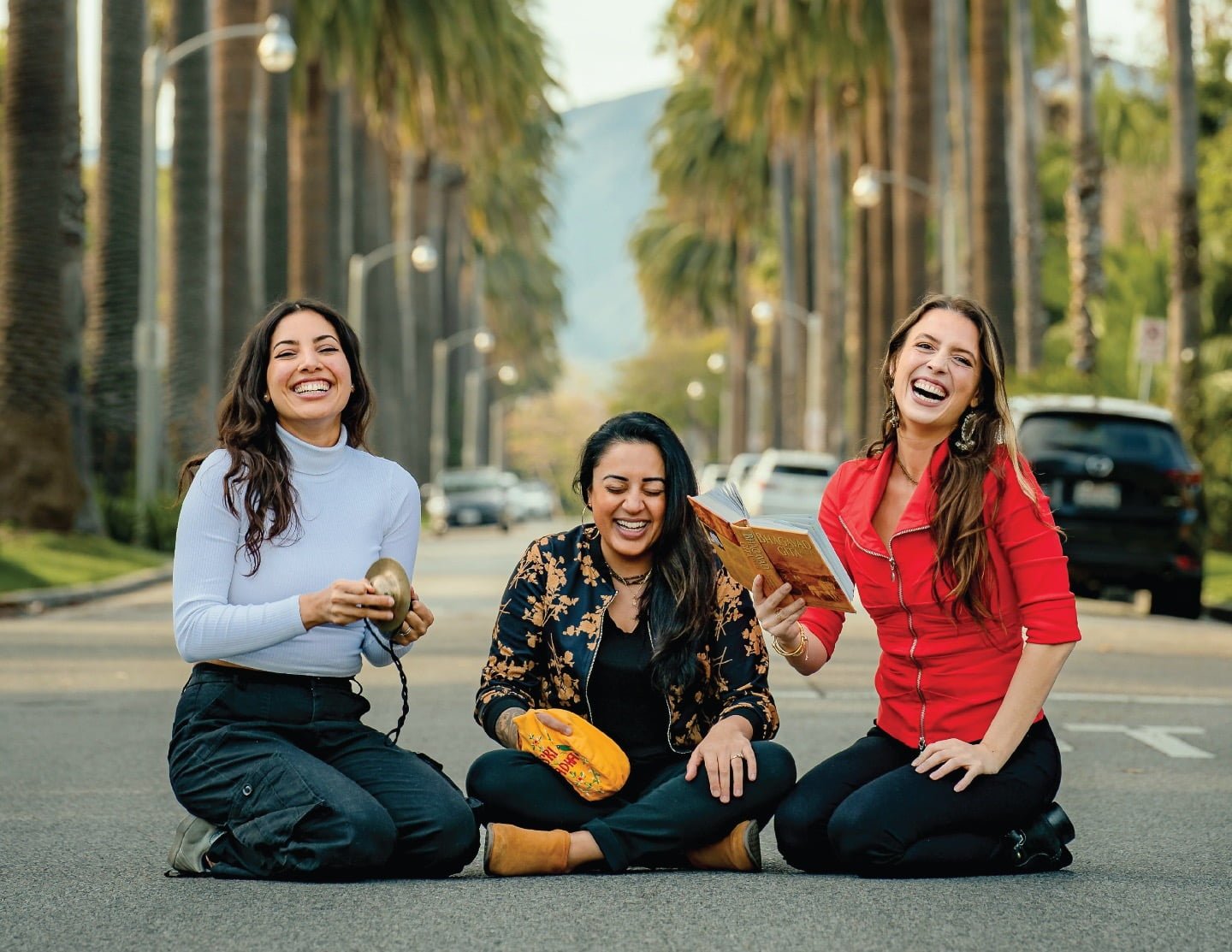FOOD: Vegetarian menus root in beefy Buenos Aires
By Nina Roberts | Mar 26, 2007

BUENOS AIRES – Although the term "cocina vegetariana," or vegetarian cuisine, tends to draw blank stares or outright pity from Argentines on the streets of this city—considered by many the red meat capital of the world—vegetarians need not write Buenos Aires off as a travel destination.
Red meat is a staple of the Argentine diet—the average citizen eats about 150 pounds annually—and "parrillas," traditional grilled meat restaurants, are found on almost every city block. But attitudes are changing , if slightly.
"There are thousands of vegetarians in Argentina," says Manuel MartÃ, of the Vegetarian Union Argentina, which recently held its third annual national conference. "Sure, most people here think we’re a little strange. But we’re used to it."
Gourmet vegetarian restaurants that serve organic, vegan, and raw food have been opening throughout Buenos Aires over the past several years. Visiting vegetarians will find a surprising array of dining choices such as phyllo dough filled with pumpkin and goat cheese, polenta lasagna, and organic salads.
The favorable exchange rate makes prices low: vegetarian main courses cost $4 to $8, and a bottle of good wine runs $5 to $12. But diners must take care not to arrive at a restaurant famished; although cordial, service in Buenos Aires is generally slow, at best.
Here is a guide to vegetarian dining options in various neighborhoods of the capital:
Palermo Viejo and Palermo Chico
Palermo Viejo, one of the trendiest neighborhoods in the city, is home to a handful of vegetarian restaurants including Artemisia, which is charmingly funky yet sophisticated. Diners enjoy their meals at tables set with white tablecloths and statuesque wine glasses. "What we wanted to do is serve healthy, gourmet, vegetarian food in a festive environment ," says owner Carolina Guryn, who opened Artemisia three years ago with partner Gabriel Gomez.
Guryn and Gomez serve imaginative dishes with either Mediterranean or Asian influences, such as polenta lasagna filled with grilled red peppers . Wendy Lieberman, a vegetarian of 20 years who moved here recently from Miami, recommends Artemisia’s appetizer of three small salads. "The freshness, quality, and variety of greens is unusual for Buenos Aires," she says.
Krishna Veggie Lunch is a lively two-room restaurant that serves vegetarian food all day. It is adorned with icons, shrines, paintings, and murals depicting all faiths. It also has a disco ball hanging from the ceiling and a soundtrack that ranges from OutKast to Bob Dylan to Indian dub.
Kelli Douglas, a vacationing vegetarian from New York , quickly became a fan of Krishna Veggie Lunch’s platter of pakoras, raitha, ginger sabji rice, chutney, and chapatti. She admitted she had been nervous about her dining options before the trip, as it seemed nearly half of her guidebook’s vocabulary words involved how to order meat. "Tongue, liver, toe — I don’t know, whatever you order when you eat meat!" Douglas says.
Krishna Veggie Lunch, like many vegetarian restaurants in Buenos Aires, serves fresh ginger lemonade, a simple sounding beverage, but absolutely divine.
Bio is an organic restaurant with a menu entirely dependent on available produce, which became evident tasting various dishes, from arugula and parmesan bruschettas, to lemongrass Thai stew with mushrooms and peppers. In the upscale neighborhood of Palermo Chico, Senutre, primarily a take-out lunch establishment, prepares a variety of empanadas, savory pies, pastas, salads, pizzas, and sandwiches. Owner Martin Novo has earned a fervent following, not only for the quality of his food, but also for Senutre’s efficiency and home delivery.
Microcentro/San Telmo
Located on the second floor of a building in the downtown business and shopping district known as Microcentro is the lunchtime restaurant Granix. It is an enormous, beige room with a dizzying selection of hot and cold entrees, pastas made to order, soups, a salad bar, desserts, and juices, all on self-serve buffet tables. Scores of bankers and office workers eat at the numerous tables.
Granix staffers efficiently bus tables and replenish the quickly consumed trays of food.
Esteban Rajmilchuk, a conductor and pianist at Teatro Argentino, makes it a point to eat at Granix once a week. "I’m not a vegetarian, but I like the change," he says. Rajmilchuk notes that the increased acceptance of vegetarian cuisine could be the result of a recent rise in meat prices, and a newly passed law mandating that a certain percentage of restaurant dishes be light and healthy.
Another lunch spot is Abuela Pan, situated in a gorgeous 1880s building in the historic San Telmo neighborhood. Owned by Osvaldo Barros, this little shop bakes organic bread, and diners have a choice of three carefully chosen menus that change daily.
Off the tourist track
The city’s newest and most adventurous vegetarian restaurant is VerdeLLama. Prompted by the birth of their child, owners Lola and Diego Castro shut down the restaurant they ran out of their home and opened VerdeLLama in the relaxed neighborhood of Colegiales. The restaurant is housed in what looks like a former store from the 1950s and is clean, simple, modern, yet warm and inviting.
"Now, we are serving organic, vegetarian, and raw food," says Diego Castro, "although our intention is to eventually serve only raw food. But we think the transition should be slow. It’s going to be too much of a shock for the people of Buenos Aires. "
Some of VerdeLLama’s unique creations include walnut paste baguette with lettuce, grated carrot, avocado and sauce , and beet soup, made with homemade almond milk and topped with sprouted then dehydrated quinoa, a grain from the Andes .
La Reina Kunti, another restaurant off the tourist circuit, serves non-spicy Indian food. The three-room restaurant is always packed , with a long line of diners waiting to be seated. Its folksy Latin music, and general hippie vibe don’t do much to mellow out the crowd. Waitresses with piercings, tattoos, and midriffs on display never get flustered by the number of people streaming in the door. Reservations are strongly suggested.
Most patrons order trays of many little dishes, such as pakoras, samosas, dhal, and rice and share with their table. Not to be missed is the absolutely sensational carob mousse tart.
Nina Roberts, a freelance writer in New York, can be reached through her website at ninaroberts.net.
Source: Boston Globe














